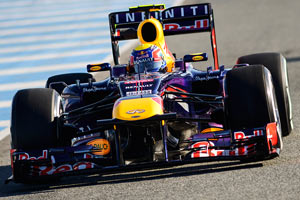Maybe you ought to try a bit of research yourself before rubbishing others, it's been used for 30-40 years in the bike world, everything from MotoGP to flattrack and motocross, it's been tried for dakar and rallying, it's in use for Autograss and there were rumours of it being tested in the turbo era for F1 too.Tim.Wright wrote:I don't know what you are basing this information on, but in my experience there is no way in hell that pulsing the drive torque is going to help feedback to the driver. Quite the opposite. Additionally it will result in less overall grip for the reasons of tyre relaxation lengths and load sensitivity that I mentioned before. But if you want to continue pushing the belief that oscillating a tyre's torque or load is going to give you any improvement of grip or stability then I'm not going to continue arguing. I suggest reading up a bit on tyre dynamics before making such authoritative but completely hand waving statements.PhillipM wrote:It makes a sliding rear end easier to catch and easier to hold near the limit, because the tyre begins to slip slightly on as the pulse is applied then stops and the carcass relaxes as the pulse drops off, which helps with feedback and feel to the driver about where the limit is, which may well be a great thing to help preserve the current Pirelli's.
If you had perfect traction and tyres that could take being stressed to 100% every lap, you wouldn't do it, as it's slower, but we know that's far from the case at the moment.
What was that about hand waving authoritative statements again?



